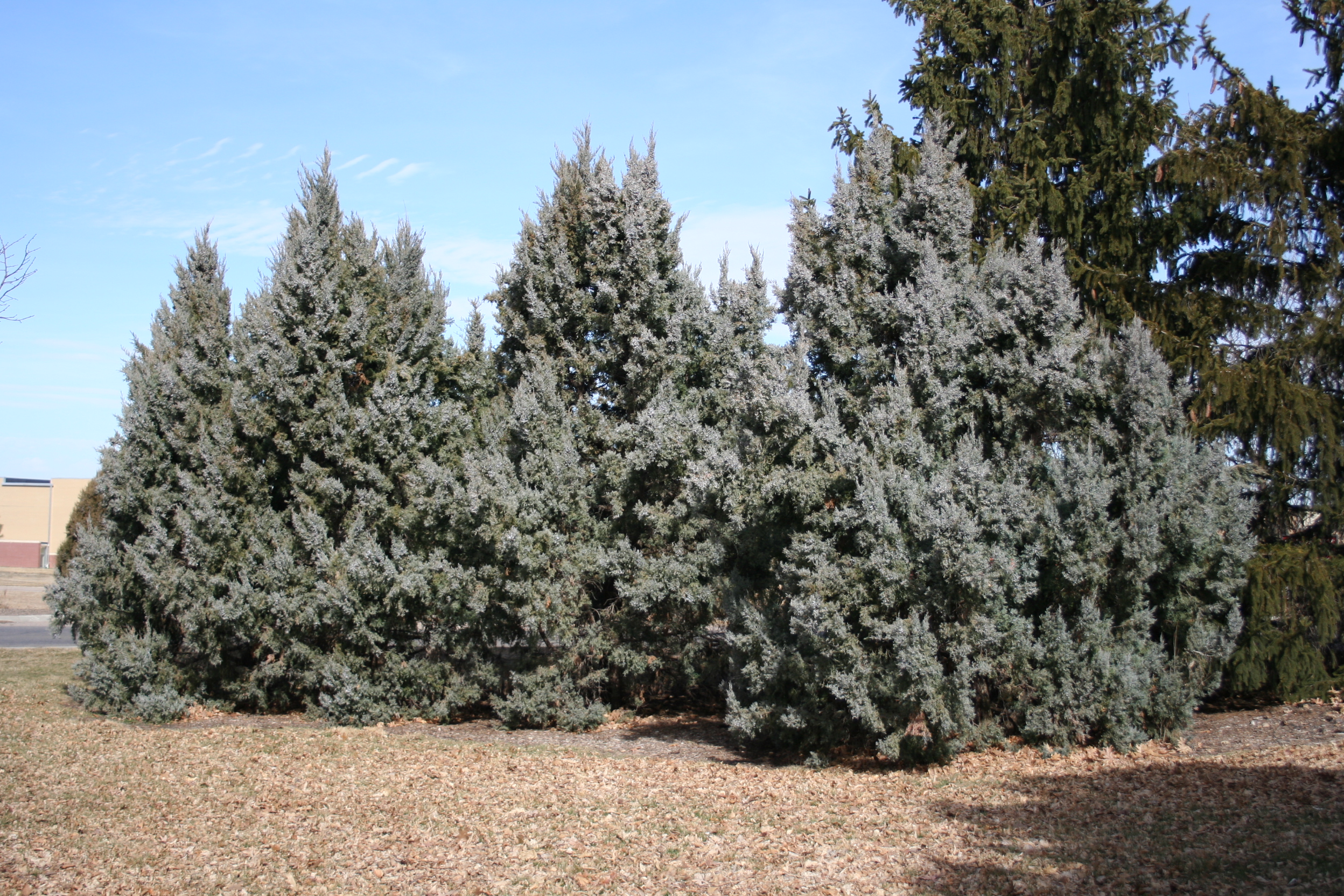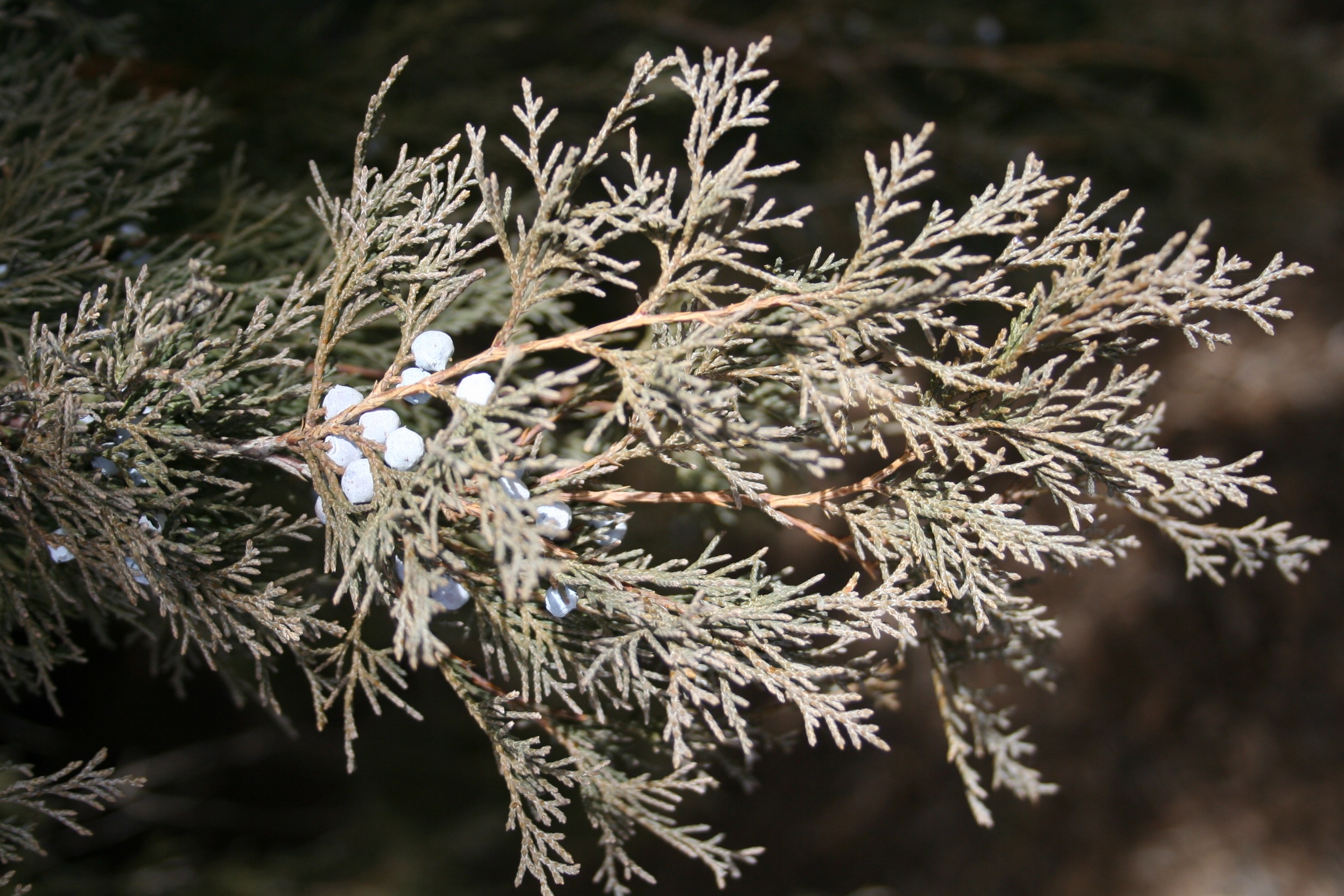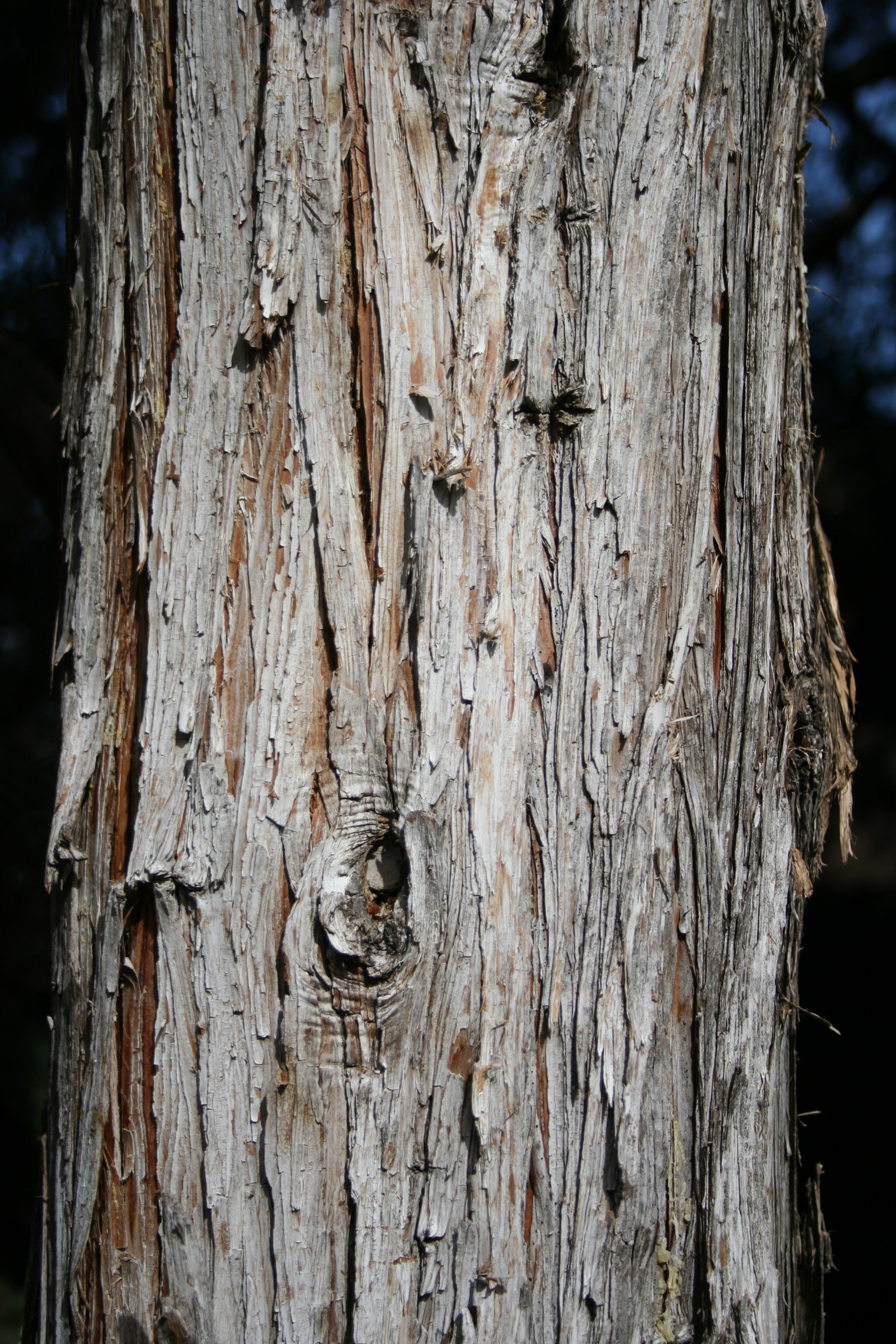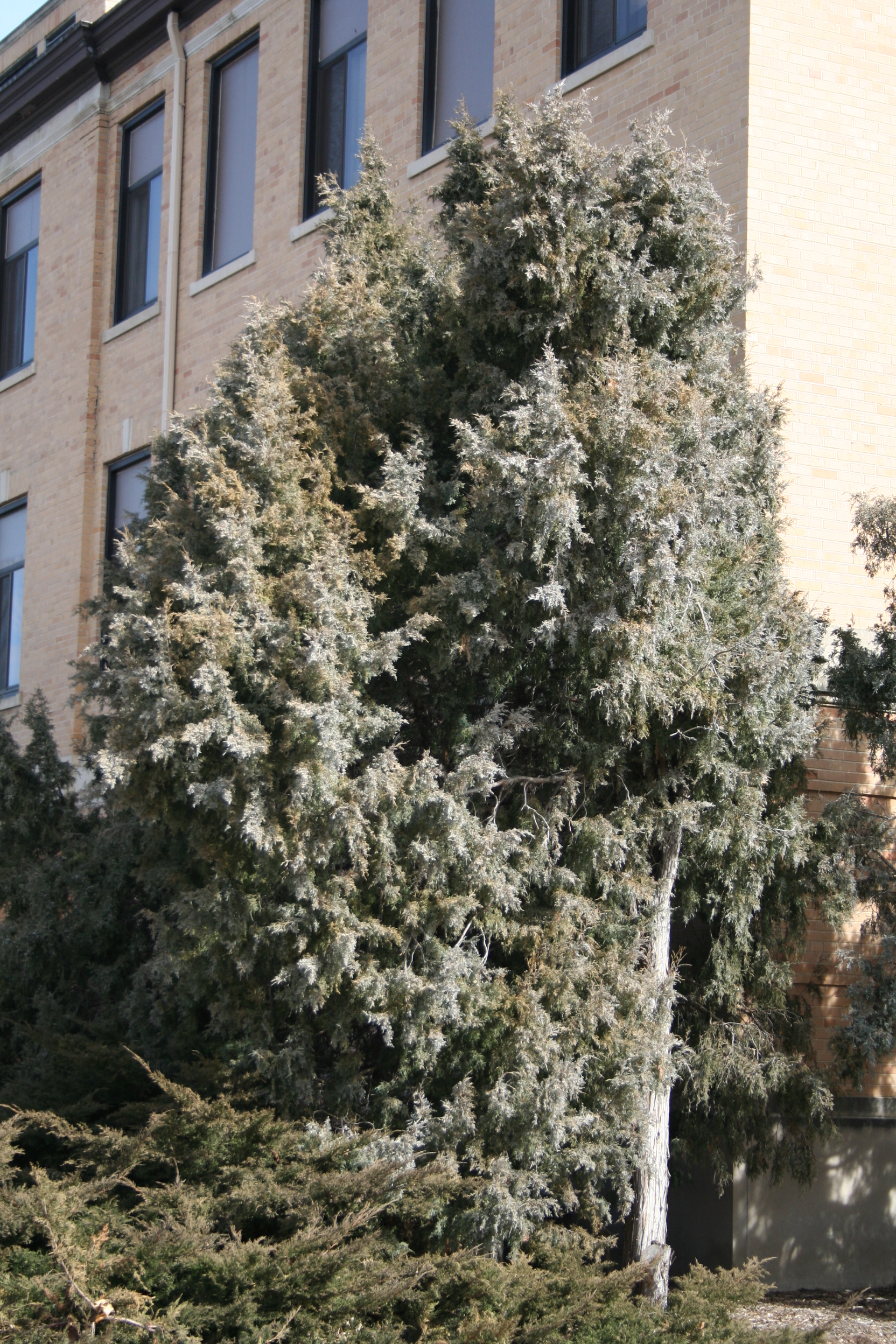Juniper, Rocky Mountain
Juniperus scopulorum, Coniferous
As its name implies, Rocky Mountain Juniper is a common evergreen throughout the Rocky Mountains, extending into the Pine Ridge and Wildcat Hills of the Nebraska Panhandle. RM juniper is widely used in shelterbelts, wildlife plantings and landscape plantings in the western Great Plains.

Where To Grow

Size at Maturity
| Tree Height | Tree Spread |
| 20-35' | 15-30' |
Tree Characteristics
A medium-sized tree that is scraggly pyramidal when young, becoming rounded and open with age. The attractive bark is dark reddish-brown to grayish in color, thin, fibrous, and shredding with age. Leaves are green or blue-green, usually barely overlapping and closely appressed, scale-like and long. Male and female cones are on separate trees. The female cones are solitary at the tips of branchlets and ripen from September through October.
Wildlife Benefits
Junipers are important to wildlife throughout the country. Their twigs and foliage are eaten extensively by hoofed browsers, but the chief attraction to wildlife is the bluish-black berry-like fruit. The cedar waxwing is one of the principal users of juniper berries, but numerous other birds and mammals, both large and small, make these fruits and important part of their diet.
In addition to their wildlife food value, junipers provide important protective and nesting cover. Chipping sparrows, robins, song sparrows, and mockingbirds use these trees as one of their favorite nesting sites. Juncos, myrtle warblers, sparrows of various kinds, and other birds use the dense foliage as roosting cover. In winter, their dense protective shelter is especially valuable.
Utilization
Its most common uses are for fence posts and animal bedding.
Additional Considerations
All of the native junipers are valuable ornamental species, and many horticultural varieties have been developed, including ‘Cologreen’, ‘Pathfinder’, and ‘Wichita Blue’ (with a bright blue color). The close-grained, aromatic, and durable wood of junipers is used for furniture, interior paneling, novelties, and fence posts. The fruits and young branches contain aromatic oil that is used in medicines.
Related species
Rocky Mountain Juniper is closely related to eastern redcedar (Juniperus virginiana) see separate description. It is also related to the Chinese juniper (Juniperus chinensis), which has both tree and shrub forms regularly used as landscape plantings in Nebraska.
Interesting Facts
Rocky Mountain juniper is closely related to eastern redcedar and hybrid forms have been recognized where the two species overlap, including in the Ash Hollow area of Nebraska. The tree is not considered to be aggressive like its redcedar cousin.
References
- Tips for planting success
- NRCS Plant Guide
- Developed by Justin Evertson, Kyle Martens, and Denise Wally


